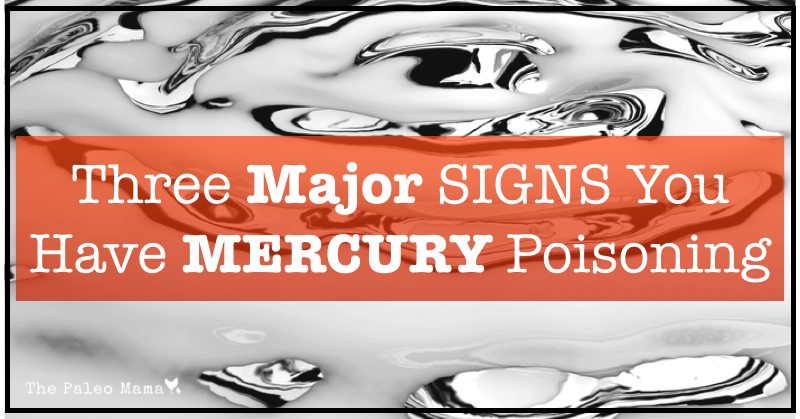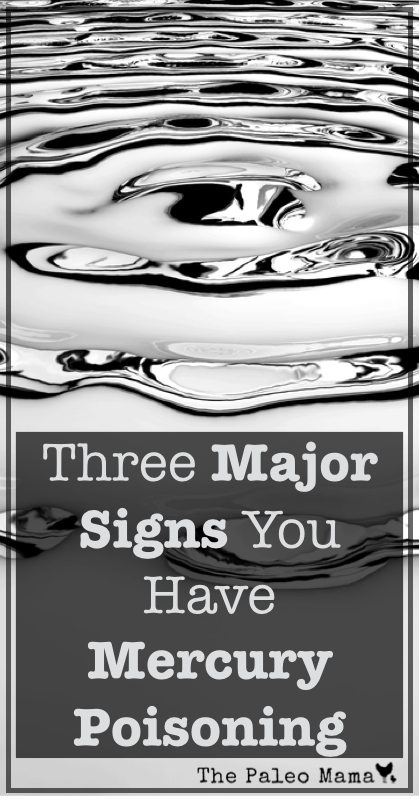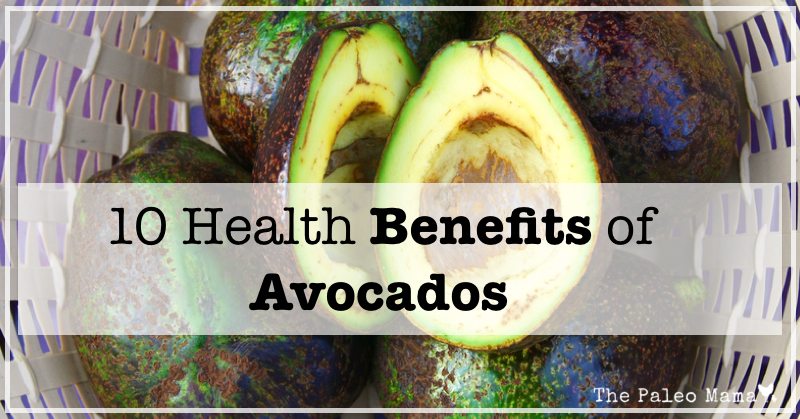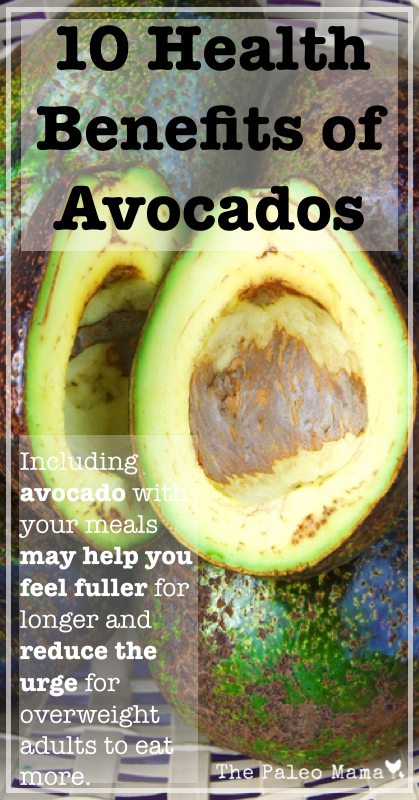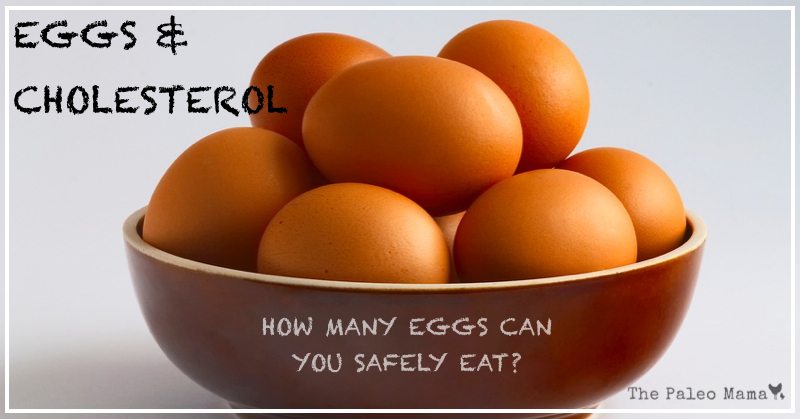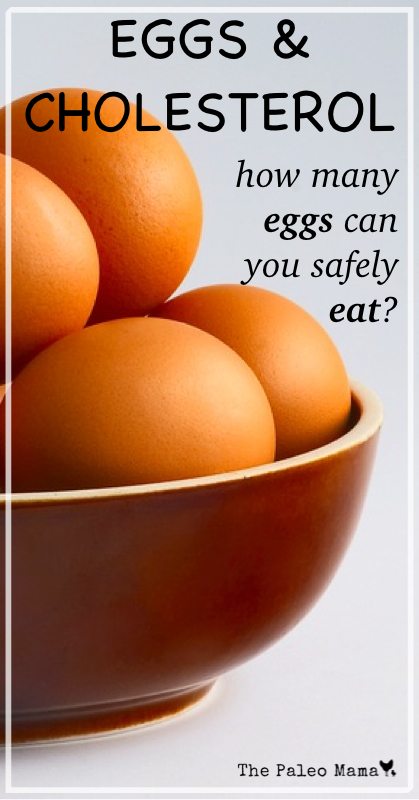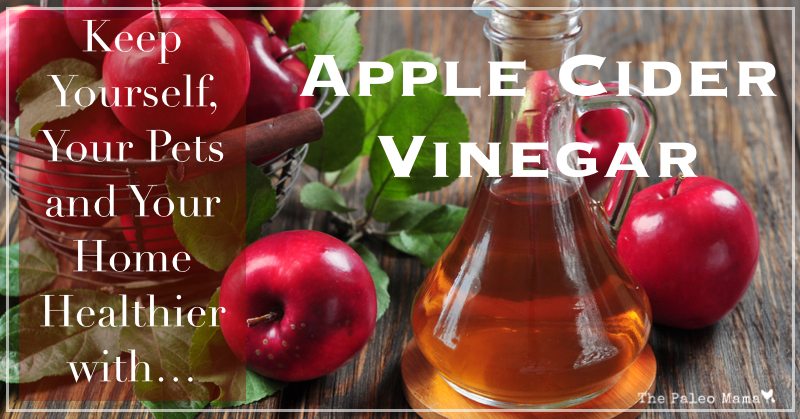
Apple cider vinegar is an age-old remedy that has a surprising number of uses, and while whole books have been written on this amazing remedy, many of us are still unaware of just how usful apple cider vinegar (ACV) can be. The following are just a few of the ways that we can use ACV to add to our health and our lives:
1. Tummy troubles, indigestion and bloating
Mix one tablespoon of apple cider vinegar into a glass of water and drink before meals to improve digestion. This will also help prevent indigestion and bloating, and a little ACV taken in water at the first sign of heartburn will usually stop it in its tracks.
Because ACV is antibacterial, it can also help prevent the bacterial infections that may cause food poisoning.
2. Healthy hair
Rinse hair after washing with a mixture made of two tablespoons of ACV and 500 ml of water. It will balance the pH of the hair, leaving it thicker, smoother and healthier. The vinegar smell will dissipate once the hair dries.
3. Alkaline body
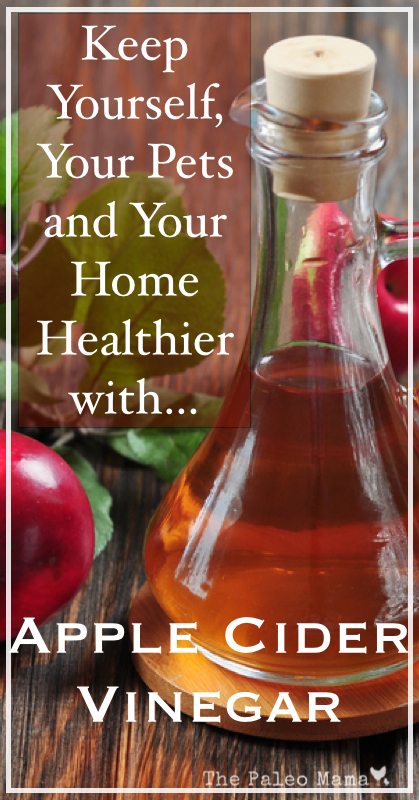
ACV is commonly used as a health tonic mixed in water with honey, as it promotes alkalinity. This means that it can be of benefit for many of the diseases caused by an overly acidic body such as arthritis, gout and even cancer.
4. Cure hiccups
A teaspoon of undiluted ACV is said to sometimes stop hiccups immediately!
5. Post-exercise drink
ACV mixed with water has been used as an antidote for lactic acid and fatigue after working out, as it provides potassium and other nutrients as well as valuable enzymes that assist with recovery.
6. Night cramps
One or two tablespoons of ACV mixed with water and honey to taste can be sipped prior to sleep to prevent night cramps.
7. Diabetes
ACV may be of benefit to diabetics, as it has been shown to reduce blood glucose.
8. Candida
Regular consumption of ACV can assist with improving gut flora and reversing the overgrowth of Candida and other unwanted bacteria or yeasts.
9. Weight management
ACV has a history of being used as an aid for weight loss and weight management. It has been shown to not only have beneficial effects on blood glucose and insulin levels but also appetite control.
10. Pet health
ACV can also be used to keep your dog healthy. Add a little to drinking water or food as a general health tonic, to help digestion, reduce allergies and prevent parasites. Spray a water/ACV mixture on skin conditions, ear infections and thinning fur and use as a rinse after bathing.
11. Nontoxic cleaning
Make a nontoxic cleaning spray using a 50/50 mixture of water and ACV in a spray bottle. Use this to clean hard surfaces. It absorbs odors and has antibacterial properties.
12. Spider and insect bites and stings
Make a simple poultice using Slippery Elm Bark powder, a couple of drops of lavender oil and ACV to mix into a paste. Spread thickly on bites, stings or splinters and cover with a dressing. Repeat as often as necessary until heat, pain and swelling has gone.
Of course, don’t forget to use apple cider vinegar in salad dressings and always ensure that you buy raw, unpasteurised ACV with the mother, which can be identified by cloudiness or floaties in the vinegar.
Sources for this article include:
